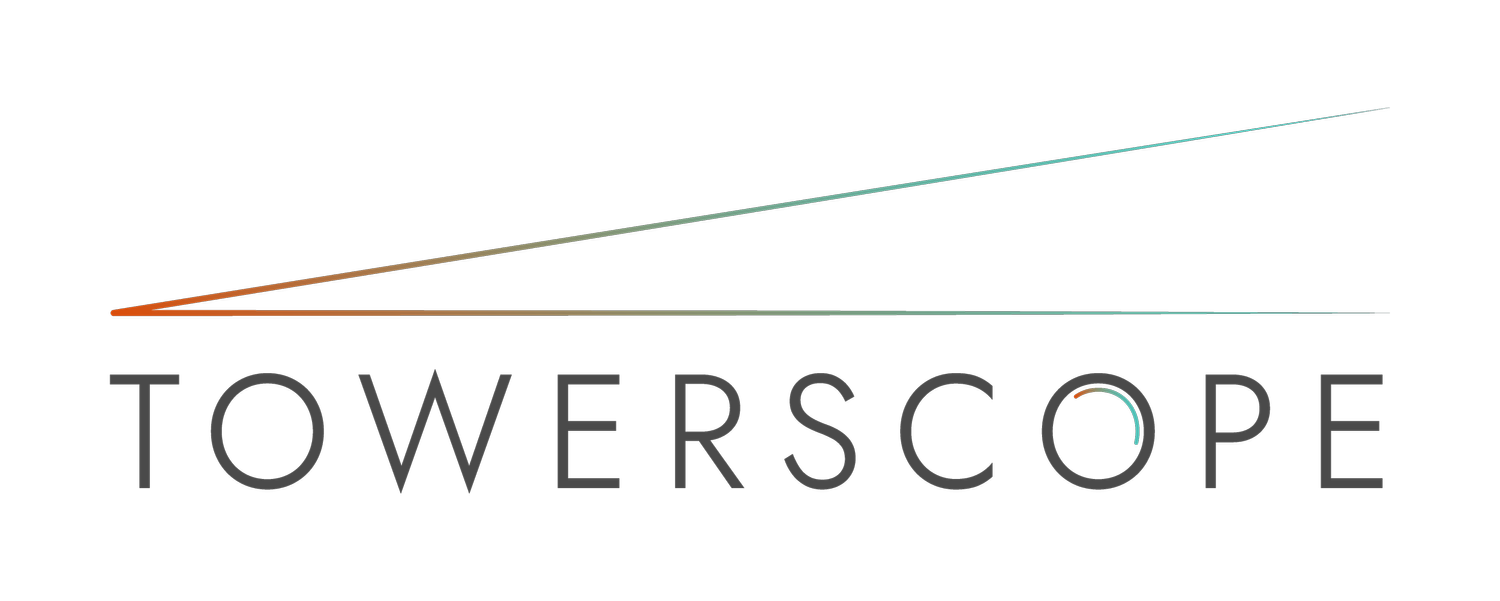ThoughtHive is our curated reading section for our community, by our community. We post research- and experience-based articles about leadership and strategy to support the work of women and underserved leaders in our community.
You can peruse our recommended reading list here, or check out our leadership and strategy blog.
Below are some of my favorite books and articles on the subject of women’s leadership.
Got more recommendations for my growing list below? I’d love to hear about it - please send recommendations for consideration to us at info@brancuassociates.com!
Books
Developing Women Leaders: A Guide for Men and Women in Organizations by Anna Marie Valerio
This is one of the most comprehensive but easily digestible, research-based but practical guide to how organizations can help develop and support high-potential talented women.
Standing at the Crossroads: Next Steps for High-Achieving Women by Marian N. Ruderman & Patricia J. Ohlott
Outcomes and themes from research of 276 women who were in middle to senior level management positions. The work comes out of the data from the Center for Creative Leadership and their Women’s Leadership program - don’t tell them but I’m a huge fan (no, they didn’t ask me to say that)! The book talks about authenticity, systemic issues that can hold women back, and a framework for guiding a woman's growth and development as a high-achieving leader.
How Women Rise: Break the 12 Habits Holding You Back from Your Next Raise, Promotion, or Job by Sally Helgesen & Marshall Goldsmith
This is the counterpart of Marshall Goldsmith’s “What Got You Here Won't Get You There" book. They got together and compared notes and realized that the “bad habits” listed in Goldsmith’s book did not always pertain to women, so they identified top “bad habits” that were seen more often among women leaders (based on their coaching experiences) that hold them back or could sabotage their best efforts to succeed in higher levels of leadership. Something to keep in mind with this book, as you can easily fall into the trap of missing the point: the habits they mention really do get in the way and really are important to recognize, but they should NOT be used against women as weaknesses (mentors and supervisors should help, not hinder, progress if these issues are identified as they can be rectifiable). And most importantly, as the authors note toward the end of the book, addressing the habits mentioned here will only get you so far if your company has a bigger issue with bias and discrimination.
Breaking The Glass Ceiling: Can Women Reach The Top Of America's Largest Corporations? by Ann M. Morrison, Randall P. White, & Ellen Van Velsor
This is THE book that started it all. It was such an important and relevant contribution when it came out in 1991 and frankly (sadly) is still highly relevant. They report findings from a study of top female executives in Fortune 100 companies (also interviewed 16 men to inform findings). The research again comes out of the Center for Creative Leadership (did I mention how much I love their work?? I swear they don’t pay me a dime to say that). They also presented the critical concept of women having a much narrower band of “acceptable” behavior in order to be accepted into higher levels of leadership.
Fresh Insights to End the Glass Ceiling: New Research and Solutions to Make the Glass Ceiling a Thing of the Past by Nancy E. Parsons
Parsons presents clinically-based research on mid-level women compared to men and on CEOs and corporate level women. The most important takeaways from this book are that there are derailers to success for women that are slightly different from men; that not everything you think is a derailer actually IS a derailer in the corporate world (e.g., various aspects of narcissism isn’t always bad); that there are certain personality types than can help offset other issues that can derail you; but that in the end, perception (and perception management) is really important to leadership success. As with How Women Rise (described above), make sure you don’t miss the important final points at the end: just because certain bad habits or derailing traits have been identified as CURRENTLY getting in the way of women’s success in the workplace, part of the issue is that this success is also determined by the current culture and who makes those decisions. Changing company culture is likely to change what we see as a “problem” in the future. Until then, women need to empower themselves with the information that can help them get to roles where they can ultimately impact change.
That's What She Said: What Men Need to Know (and Women Need to Tell Them) About Working Together by Joanne Lipman
Unlike some of the other books I’ve presented, this one is not written by a leadership researcher or coach but rather by a journalist who was interested in providing a historical backdrop to systemic barriers for women in their efforts to succeed in various industries, organizations, and times. She pulls out really interesting themes. This is not a how-to or practical book but rather a really fascinating read to put these kinds of issues in context.
Research Articles and Reports
The McKinsey Reports - McKinsey & Company publishes yearly reports including Women in the Workplace and Gender Equality that can help you get up to speed very quickly on the most relevant trends in closing the gender gap in pay, equal treatment, and leadership opportunities. The reports are thorough and easy to digest.
PEW Research - The PEW Research Center also publishes yearly reports on how the general population in America view women’s leadership issues and gender gaps. The trends are always fascinating as they provide a much broader societal lens for where we really are with respect to these views. You can use that lens to compare how companies are doing and where the research is with these issues.
Good Social Media and Blog Articles
I will populate this section soon - collecting and curating these takes a lot more time and effort than I realized!! But don’t worry, I have so many of these, the wait will be worth it!
Full disclosure, the legalese version: “As an Amazon Associate I earn a small percentage from qualifying purchases.” Reality disclosure: I haven’t been asked by anyone to advertise anything (I can only hope that some day I’m that important!), but when I love a good book that happens to be on Amazon, I add the qualifying purchase link to it so that if you end up purchasing the book for yourself, I get a (very small) benefit too - it’s a win-win!

